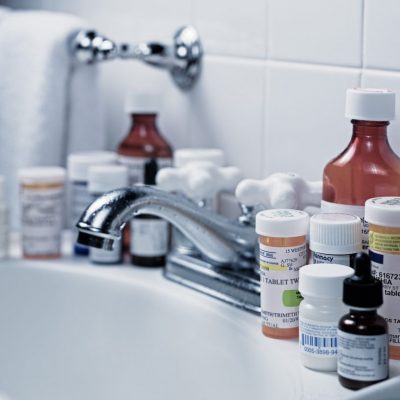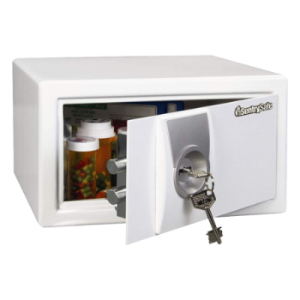Understanding the Processes & Timeline for Urine Drug Testing
Urine drug testing is a common procedure used to detect the presence of various substances in a person’s system. It plays a crucial role in many settings, including employment screenings, forensic investigations, and medical assessments. Understanding the process of urine drug testing, from the collection of the specimen to medical review, is essential for individuals undergoing such tests and for professionals administering them.
- Collection of Specimen:
The first step in urine drug testing is the collection of the specimen. This is typically done in a controlled environment, such as a healthcare facility or a designated collection site. The person being tested is given a sterile container and instructions on how to provide a urine sample. It’s important to ensure the integrity and authenticity of the specimen to maintain the accuracy and reliability of the test results. This is completed by following strict collection protocols and documentation via chain of custody by all parties involved in the testing process beginning with the specimen collector.
- Immunoassay Screen:
Once the urine sample is collected, it undergoes an initial screening known as an immunoassay screen. This screening method uses antibodies to detect the presence of specific drugs or their metabolites in the urine. It is a rapid and cost-effective way to identify potential drug use. However, it does not distinguish between different substances or provide detailed quantitative information. If the immunoassay result is negative, the result is reported as negative without further testing required.
- Laboratory Testing Using GC/MS Technology:
If the immunoassay screen yields a non-negative result, the urine sample is sent for confirmation testing and undergoes testing using Gas Chromatography/Mass Spectrometry (GC/MS) technology. This method is highly accurate and specific, capable of identifying individual drugs and their metabolites with precision. GC/MS separates and analyzes the components of the urine sample, providing detailed information about the substances present including the specific drug metabolites present and the levels at which they are present.
- Average Timelines for Receiving Results:
The timelines for laboratory testing in urine drug testing can vary depending on various factors such as the testing facility’s workload, the complexity of the analysis, and the type of substances being tested for. On average results are released according to they type of testing completed:
- Immunoassay screening results are typically available within 1-2 days.
- Confirmatory testing using GC/MS technology may take an additional 2-3 days for comprehensive analysis and reporting. In rare cases, additional testing may be required taking an additional 2-3 days to confirm results.
It’s important to note that these timelines are approximate and can vary in different situations.
- Medical Review:
Once the laboratory testing is complete, the results are reviewed by a qualified medical professional. This review includes interpreting the test results, speaking with the donor of the urine sample, considering any relevant medical history or medications, and making an informed assessment of the individual’s drug use status. The medical review is crucial in providing context to the test results and ensuring accuracy in reporting. This process can take up to 3-5 days to complete.
In conclusion, urine drug testing involves a multi-step process that begins with specimen collection, proceeds with immunoassay screening, advances to laboratory testing using GC/MS technology, and concludes with a medical review of the results. Understanding this process and its timelines can help individuals and professionals navigate the testing procedure effectively and interpret the results accurately.
While some drug test results can be received in as little as 20 minutes for instant testing or 1-2 days for lab-based tests, some results could take as long as 7-10 days or more to be released.



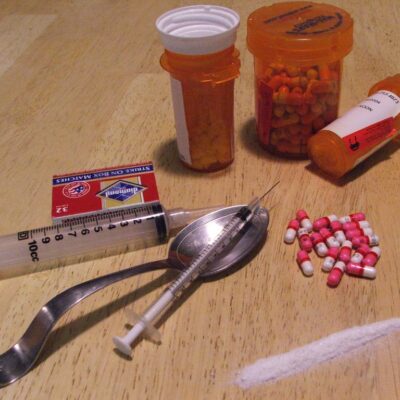
 In our capacity as a drug and alcohol testing professionals, we have come across many business owners and employers that have outright refused to drug test their employees or applicants because they feel that doing so would cause them to lose half or more of their current employees and significantly reduce their overall applicant pool. When asked what makes them think that, they answer with complete confidence that the kind of people they employ are frequently found to be users of marijuana, and as a result, would never pass a drug test. Sadly, we have to agree – they probably wouldn’t pass a typical drug test.
In our capacity as a drug and alcohol testing professionals, we have come across many business owners and employers that have outright refused to drug test their employees or applicants because they feel that doing so would cause them to lose half or more of their current employees and significantly reduce their overall applicant pool. When asked what makes them think that, they answer with complete confidence that the kind of people they employ are frequently found to be users of marijuana, and as a result, would never pass a drug test. Sadly, we have to agree – they probably wouldn’t pass a typical drug test.
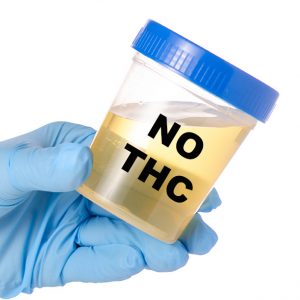 The primary goal of Carolina Testing is to serve our clients and meet their specific needs. The need for a drug screen that tests for drugs of concern for a specific employer has never been greater than it is today. As a result, we have introduced a custom drug test options that does not test for the marijuana metabolite known as THC. This test is available as a rapid urine test, providing negative test results to the employer within 15 minutes.
The primary goal of Carolina Testing is to serve our clients and meet their specific needs. The need for a drug screen that tests for drugs of concern for a specific employer has never been greater than it is today. As a result, we have introduced a custom drug test options that does not test for the marijuana metabolite known as THC. This test is available as a rapid urine test, providing negative test results to the employer within 15 minutes.  One of the most misunderstood and confusing aspects of drug testing – especially when it comes to drug test results – surrounds the term “levels.” Understanding what levels mean in the drug testing process requires an understanding of how drug testing is performed to begin with and what final results really mean. There are three types of “levels” found on a typical drug test result report. They are: screen cutoff level, confirm cutoff level and actual level (also known as test level).
One of the most misunderstood and confusing aspects of drug testing – especially when it comes to drug test results – surrounds the term “levels.” Understanding what levels mean in the drug testing process requires an understanding of how drug testing is performed to begin with and what final results really mean. There are three types of “levels” found on a typical drug test result report. They are: screen cutoff level, confirm cutoff level and actual level (also known as test level). 

 In cases of legal investigations or tracking substance abuse in an individual, levels are a valuable tool to determining if a drug user has abstained from further use or has continued using a specific drug. In order to determine this, an initial drug test must be performed to obtain the “starting point” or “initial level.” For tracking purposes, hair follicle testing is most beneficial specimen to test because it detects substance use over a period of 90 days. Once an initial level has been obtained from the first drug test, subsequent testing using the same specimen type and laboratory will show comparative levels against the initial level. If the number of the level on a subsequent test is lower, it indicates that the user has not engaged in additional drug use since the last test that was conducted. A higher level would indicate continued use.
In cases of legal investigations or tracking substance abuse in an individual, levels are a valuable tool to determining if a drug user has abstained from further use or has continued using a specific drug. In order to determine this, an initial drug test must be performed to obtain the “starting point” or “initial level.” For tracking purposes, hair follicle testing is most beneficial specimen to test because it detects substance use over a period of 90 days. Once an initial level has been obtained from the first drug test, subsequent testing using the same specimen type and laboratory will show comparative levels against the initial level. If the number of the level on a subsequent test is lower, it indicates that the user has not engaged in additional drug use since the last test that was conducted. A higher level would indicate continued use.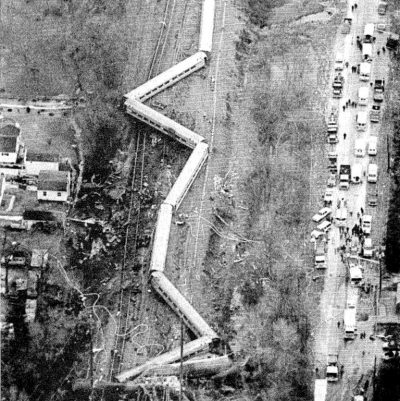



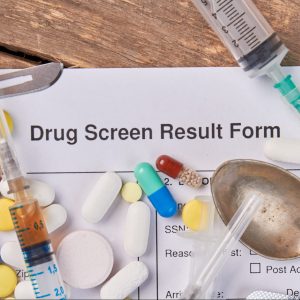 let us help.
let us help.
